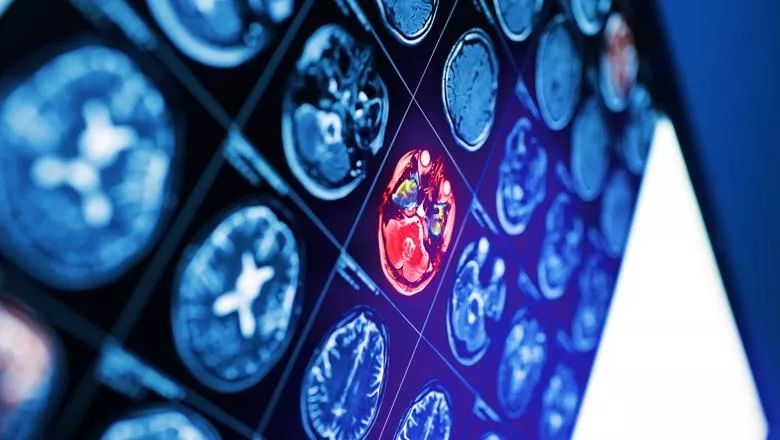“This is particularly relevant given the limitations of currently available Severe Acute Respiratory Syndrome Coronavirus 2 (SARS-CoV-2) reverse transcriptase-polymerase chain reaction (RT-PCR) testing as it takes time to complete the test and sometimes it is inaccurate."
Dr Thomas Booth
18 September 2020
Stroke scans could reveal COVID-19 infection
The findings allow earlier selection of the appropriate level of personal protective equipment (PPE) and attendant staff numbers, triage to appropriate inpatient ward settings, self-isolation and contact tracing

New research from the School of Biomedical Engineering & Imaging Sciences has found that COVID-19 may be diagnosed on the same emergency scans intended to diagnose stroke. The findings have important implications in the management of patients presenting with suspected stroke through early identification of COVID-19.
Published today in the American Journal of Neuroradiology, study lead, senior lecturer in neuroimaging and consultant radiologist at King’s College Hospital Dr Tom Booth said the emergency scans captured images of the top of the lungs where a fluffiness known as ‘ground glass opacification’ allowed COVID-19 to be diagnosed.
225 patients were examined from three London Hyper-Acute Stroke Units. The emergency stroke scan consisted of a computed tomography (CT) of the head and neck blood vessels.
Dr Booth said the results show that when the team saw these changes in the top of the lungs during the emergency scan, they were able to reliably and accurately diagnose COVID-19 and the changes also predicted increased mortality.
Primarily, the findings allow earlier selection of the appropriate level of personal protective equipment (PPE) and attendant staff numbers, triage to appropriate inpatient ward settings, self-isolation and contact tracing.
“Additionally, our data have prognostic information given the increased mortality in those with lung changes shown in our cohort,” Dr Booth said.
“These are useful results because the changes are simple for radiologists and other doctors to see. This is “free information” from a scan intended for another purpose yet extremely valuable.”

